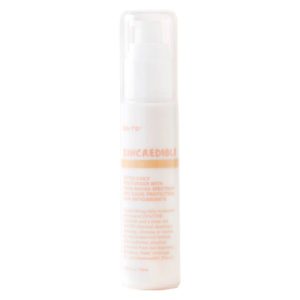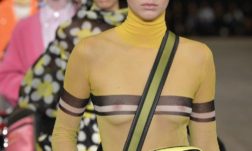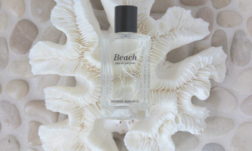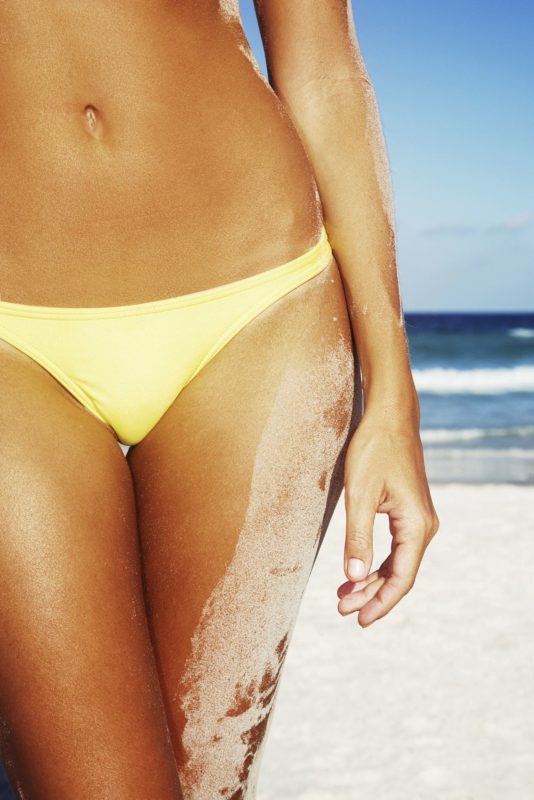
Your skincare sorted from A to Z
Dr. Kate Jameson, Cosmetic Physician and the Medical Director of Youth Lab, Australia’s premier medical aesthetics clinic, has our go-to skin guide from A to Z.
AHA’s – Alpha Hydroxy Acids are what helps dissolve and exfoliate the top layer of dead skin cells off the surface of the skin so that new skin cells can come through. AHAs are water-soluble within the skin, they are a chemical exfoliant and can be found in homecare products to help maintain healthy-looking skin. The most common AHAs are Glycolic Acid, Lactic Acid and Mandelic Acid. These help to strengthen the skin over time and increase more collagen production.
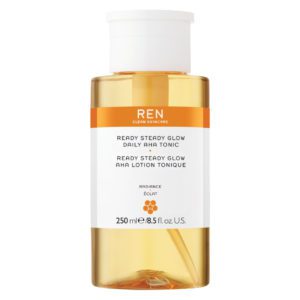
Broad Band Light (BBL) – (Broad Band Light) works by directing light energy into the skin which is then converted to heat as it reaches its target. The target or chromophore can be the pigment in the skin, pigment in hair, redness of blood vessels and even the bacteria causing acne. Once the heat energy hits the target it is absorbed and then damages the target tissue, causing destruction and eventual elimination of the target from the skin. The healing response begins, producing healthy collagen and elastin, and the skin is then restored to its healthy and natural condition. BBL photorejuvenation is great for sun-damaged/pigmented skin, broken capillaries, rosacea and as an anti-ageing preventative.
Collagen – Is what helps give the skin its strength and elasticity, along with replacing dead skin cells.
Dermal filler – An injectable treatment composed of cross-linked Hyaluronic Acid. Dermal fillers are used to provide volume, lift, symmetry, and enhance natural beauty by providing a more aesthetically pleasing appearance. The most commonly treated areas are lips, cheeks, under eyes, chin and jawline.
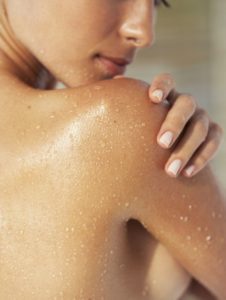
Elastin – An elastic protein in connective tissue, found especially in the dermis of the skin. Elastin helps the skin to return to its natural position when it is poked or pinched.
Fractional Laser – An ablative or non-ablative laser used for resurfacing the skin, stimulating collagen production and treating pigmentation, fine lines, wrinkles, scarring and sun damage. An example of a fractionated hybrid laser is the Sciton Halo. The technique of a laser directs short, concentrated pulsating beams of light at the skin, removing skin layer by layer, leaving areas of untreated healthy tissue.
Glycation – The process in which sugar molecules attach to collagen fibres in the skin, deforming the expression of collagen and causing a wrinkled, crosshatch pattern on the skin. Glycation occurs when too much sugar is consumed in the diet, both processed and non-processed.
Hyaluronic Acid – A substance found widely throughout the body in connective tissue. Hyaluronic Acid attracts and can hold up to 1000 times its weight in water, making it extremely hydrating and giving a plumping effect to the skin.
Injectables – Whether it be a preventative or helping rejuvenate facial ageing, cosmetic injecting has increasingly become very popular within the cosmetic industry. These are non-invasive cosmetic procedures that are used to help restore volume to the targeted areas; Botox works to relax the muscles resulting in little-to-no movement, helping minimise further wrinkling. Dermal fillers are popular for enhancing facial features such as fuller, plumper lips and helping plump out deep folds and wrinkles in commons areas such as frown lines and around the mouth. Injectables primarily help the appearance of skin to look smoother, firmer and maintaining a more youthful look.
Jessners – A popular type of chemical peel containing Resorcinol, Lactic acid and Salicylic acid. This peel is fantastic to treat oily skin types and acne as well as target stubborn pigmentation.
Kojic Acid – An acid that has powerful brightening effects on the skin as well as acting as a potent tyrosinase inhibitor (inhibiting the production of melanin and hence dark pigmentation).
LED – LED Therapy (Light Emitting Diode) is the therapeutic use of light to photo modulate cellular function, speeding up the natural healing process. LED Therapy is used to help reduce bacteria within active acne skins, stimulate skin rejuvenation, and eliminate inflammation and sensitivity. LED Therapy can be used as a standalone treatment but also compliments dermal therapies ‘post-procedure’ helping with downtime and healing process.

Melanin – Produced by cells called melanocytes, Melanin is the pigment that gives human skin, hair, and eyes their colour.
Niacinamide- a derivative of Vitamin B3, helps to improve the function of the epidermis, increasing the absorption of moisture within the skin. This results in softer, smoother skin, helping hydrate and reduce fine lines.
Oligopeptide – A blend of fatty acids and amino acids that provides the skin with anti-aging benefits.
Pigmentation – the colour of the skin. Hyperpigmentation often occurs following trauma to the skin or from hormonal imbalances and sun exposure. A condition of excess pigment deposition is Melasma. Hypopigmentation can also occur following skin trauma such as intensive lasers or peels.
Q-Switch – A specialized laser that is commonly used for tattoo removal
Retinol (Vitamin A) – Derivatives of Vitamin A are proven to boost collagen production within the skin cells which help reduce the appearance of fine lines and wrinkles, speeds up our skin cell turnover helping with pigmentation and discolouration within the cells and gives a brighter, even skin tone as well as control oil production and treat acne. The most common forms of Vitamin A are referred to as Retinol, Retinoic Acid, and Retinyl Palmitate. Prescription oral Retinol is called isotretinoin.
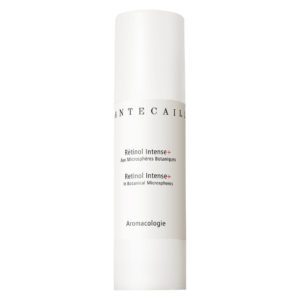
SPF – Sun Protection Factor; A measure of sunscreen to protect the skin from UVB rays, helping to reduce the exposure of radiation that causes sunburn, damages skin, and can contribute to skin cancer.
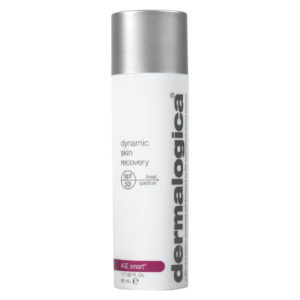
Telangiectasia – Broken blood vessels, also known as telangiectasia; spider veins; angioectasias. These are superficial dilated blood vessels under the surface of the skin caused by a number of factors such as sun damage, pregnancy, radiation therapy, and excessive scrubbing or exfoliating to sensitive areas. Commonly affected around the nose, cheeks, and chin, broken vessels can be easily treatable by BBL, which help push these broken vessels back into the vascular network, reducing their appearance.
UV RAYS – There are three main types of UV radiation. UVA is the longer rays of the all three and is present during all daylight hours throughout the year, and can penetrate clouds and glass, this contributes to premature ageing and genetic damage. UVB radiation is considered the main cause of nonmelanoma skin cancers, including basal cell carcinoma and squamous cell carcinoma. UVC is the shorter rays, most UVC is absorbed by the ozone layer and does not reach the earth.
Vitamin C – A potent antioxidant that helps protect our skin from environmental exposures such as UV and free radicals, reduces the signs of ageing and is essential for collagen production within the skin cells. Ongoing use of Vitamin C within your skincare routine will help reduce sun damage, rejuvenate, firm and tighten the skin, giving a more youthful look.
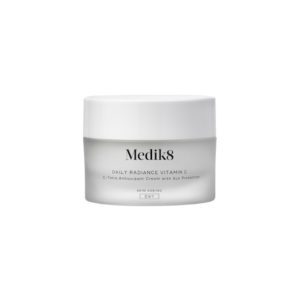
Wrinkle Relaxer – A substance which, when injected, relaxed the action of a muscle fibre. Wrinkle relaxers are made of Botulinum Toxin Type A. With the loss of movement of a particular muscle, over time, fine lines and wrinkles of facial expression will soften and smooth out.
X-cell – My favourite skincare product is DEFINE by Cosmedix which brightens as it gently exfoliates to reveal a smoother, more even-toned appearance. This is the ideal prep to any facial laser treatment, surgical procedure or peel.
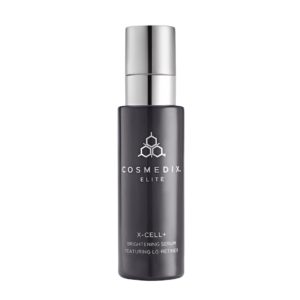
Youthful – The appearance we all strive for with cosmetic and skincare treatments. Youthful skin is characterized by a smooth texture, even colour, firm tone and minimal wrinkles.
Zinc Oxide – Unlike many chemical sunscreens, zinc oxide protects against UVA and UVB rays and is often used as a natural, non-toxic sunscreen. Other benefits of zinc oxide include enhanced healing of epidermal wounds, burns, rashes, infections and acne.
